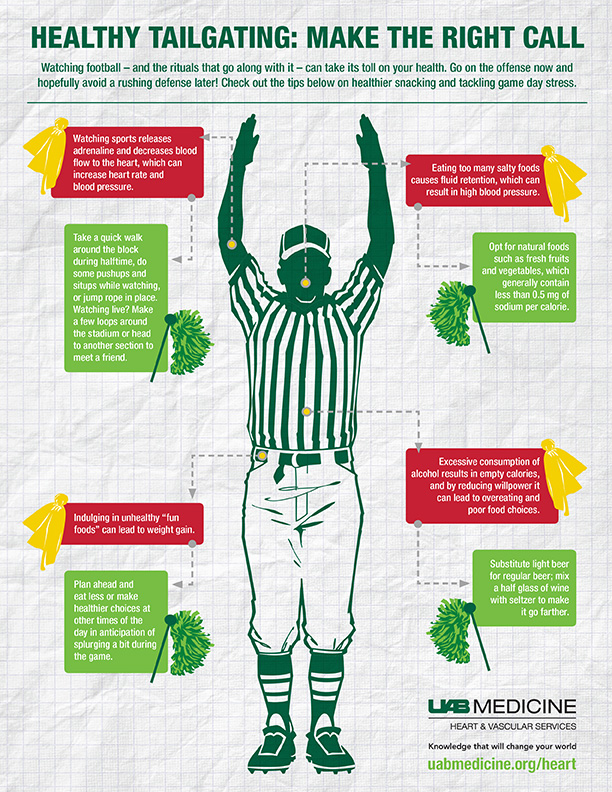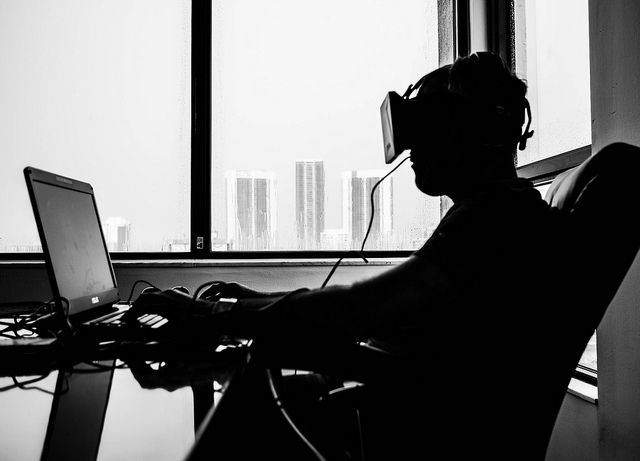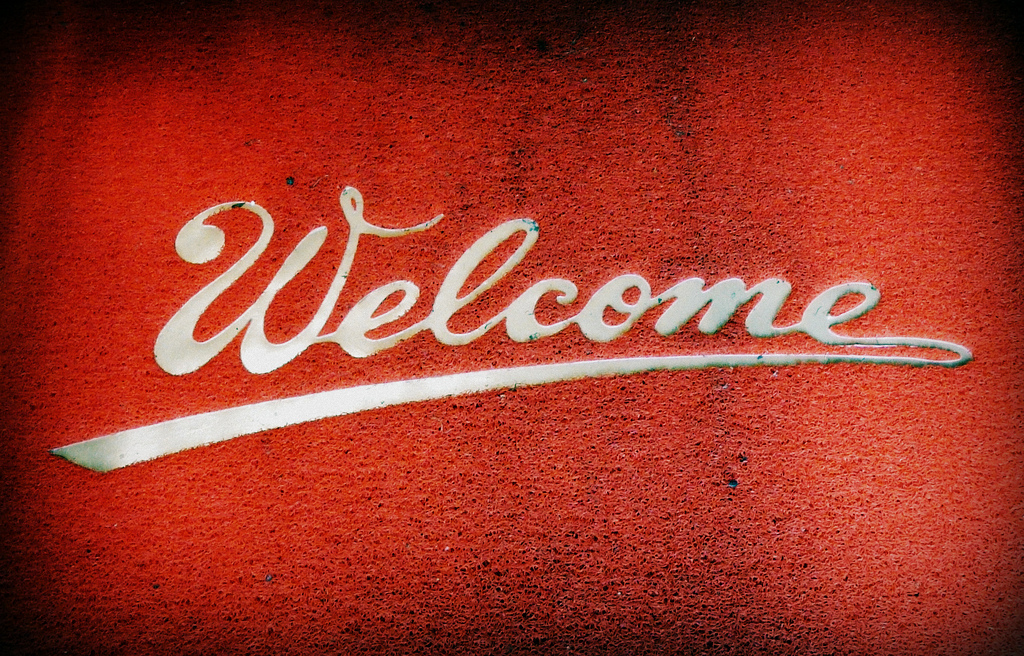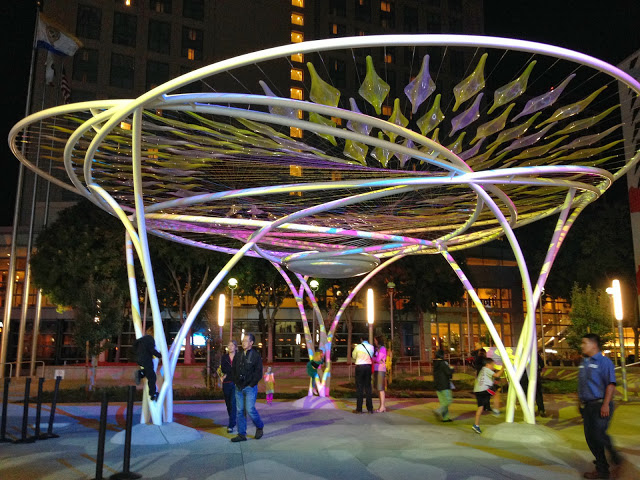Make Good Choices This Football Season
Well, football season is well under way and my beloved Dallas Cowboys are off to another start of predicted mediocrity. Since it’s what expected, I’m not stressed out. But maybe you have high hopes for teams and they’re not playing up to par. That might cause you a little anxious eating or drinking.
“Some people are stress eaters, and others tend to eat more when watching TV,” said Jody Gilchrist, a nurse practitioner at the University of Alabama at Birmingham’s Heart and Vascular Clinic at the Kirklin Clinic at Acton Road. “They are distracted by the entertainment and don’t realize how much they’re eating, and they don’t listen to their brains telling them they are full.”
Stress from overeating, drinking, and being on the edge of your seat can lead to increased heart rates and high blood pressure, too.
“The body doesn’t distinguish between ‘bad’ stress from life or work and ‘good’ stress caused by game-day excitement,” Gilchrist said. “It impacts your health either way.”
There are some things you can do, though, to help mitigate stress, and they’re illustrated below.
“Even the smallest choices can have a positive impact on your health, so make a point to incorporate many small changes rather than setting unrealistic goals, such as staying away from fun foods altogether,” Gilchrist said.
(top photo credit: davidsteltz via photopin cc)
(infographic: University of Alabama at Birmingham)
Industry News Weekly Roundup
There was a lot of news this past week. Here are some stories that caught our eyes.
The War for Our Digital Future: Virtual Reality vs. Integral Reality
—Wired
“With digital components embedded and invisible within objects, Integral Reality won’t separate us from the real world but instead promises to create emotionally engaging experiences with it.”
The Sports-Related Jobs With the Strongest Growth
—Forbes
“The report breaks down growth by sports-related industries, which include Sports Teams and Clubs; Racetracks; and various denominations of promoters, agents, and managers; and also by occupations within sports-related industries, such as Meeting, Convention, and Event Planners; Public Address System and Other Announcers; and Ushers, Lobby Attendants, and Ticket Takers.”
Stroke of Genius: Adding Art to Meeting Places and Spaces
—Associations Now
“Convention centers and hotels are commissioning original artwork for their spaces, not only as a way to highlight the local art community but also to immerse attendees and guests in the local culture.”
New Stadium Deal for Raiders Gives Team Land, Pays Off Debt
—San Francisco Chronicle
“The idea is that the public wouldn’t be on the hook for construction costs – those would be paid for by revenue generated by the project, the NFL and other private sources – but taxpayers would contribute the land and infrastructure improvements.”
College Training Facilities Marry Functionality, Experience
—Athletic Business
“Investment in a new training facility or renovations to an existing one is largely seen as a necessity for premier football programs.”
(image: Sergey Galyonkin/CC)
Volunteering Contributes to a Healthier, Happier Life
Evidence is growing that volunteering in good for your health, especially for older adults.
Dr. Nicole Anderson, a senior scientist at Toronto’s Rotman Research Institute at Baycrest Health Sciences, led a team that examined 73 studies published over the last 45 years that focused on adults age 50-plus who held formal volunteering roles.
“Our goal was to obtain a more comprehensive view of the current state of knowledge on the benefits of volunteering among older adults,” said Anderson, who is also an associate professor at the University of Toronto. “We discovered a number of trends in the results that paint a compelling picture of volunteering as an important lifestyle component for maintaining health and well-being in later years.”
The team found that volunteering helps reduce symptoms of depression, enhances better overall health, accounts for fewer functional limitations, and increases longevity. They discovered that health benefits may depend on a moderate level of volunteering, with the optimal time being about 100 annual hours, or two-to-three hours per week. People with chronic health conditions may benefit the most from volunteering, and feeling appreciated and needed helps a volunteer’s psycho-social well-being.
“Taken together, these results suggest that volunteering is associated with health improvements and increased physical activity—changes that one would expect to offer protection against a variety of health conditions,” Anderson said.
(photo credit: SimpleSkye via photopin cc)
A Warm Welcome to our Newest IAVM Members
Please welcome our newest members who joined IAVM in May, June, and July—a total of 187 new members. Our network of professionals is growing and we are reaching record numbers. Thank you for being a part of the association! Continue Reading →
Two Convention Center Member Venues Named Best in Show
Congratulations to two of our member venues for being named on Convene‘s “2014 Best in Show” list.
The San Jose Convention Center (pictured above) was named as one of the best high-tech venues.
“The San Jose Convention Center, which is currently building out 169,957 square feet of new, flexible convention space, is notable both for its facility-wide high-speed Wi-Fi and for its in-house support for webcasting satellite and video streaming,” the Convene editors wrote.
The David L. Lawrence Convention Center was named as a venue with some of the best food and beverage.
“In Pittsburgh, space comes at a premium—so the kitchen team at the David L. Lawrence Convention Center (DLCC), whose food service is managed by Levy Restaurants, uses the rooftop for its on-site garden,” the editors wrote. “‘I have held many social events at the DLCC, and their food has always been spectacular,’ said Craig A. Hendrick, global account director for ConferenceDirect. ‘I love how they utilize herbs and vegetables grown on their own rooftop. And they have a focus on locally grown/raised across their menu. Not something you’d expect at a one-thousand-person dinner!'”
Convene readers and editors chose all the winners in the different categories. Check out the rest of the list.
And while we’re talking convention centers, consider attending the 2014 International Convention Center Conference (ICCC), Oct. 2-4, in Vancouver, British Columbia. We have a lot of informative and interesting sessions lined up, such as “Bring Your Own Device: User Experience and Your Venue” and “5 x 8 x the Future.” Visit the ICCC website for more details and to register.
(photo credit: bubbletea1 via photopin cc)
Do you want to receive a Front Row News weekly digest?
Categories
- Allied (861)
- Architecture (147)
- Arenas (747)
- Career (897)
- Convention Centers (895)
- Education (623)
- Events (1,544)
- Food & Beverage (193)
- Foundation (113)
- Guest Experience (1,496)
- Industry News (2,270)
- Leadership (1,888)
- Marketing (150)
- Membership (2,000)
- Music (213)
- Performing Arts Centers (454)
- Professional Development (409)
- Research (127)
- Safety & Security (442)
- Sports (763)
- Stadiums (608)
- Student (159)
- Technology (516)
- Ticketing (92)
- Touring (82)
- Trends (364)
- Uncategorized (745)
- Universities (218)
- Video (25)
- Young Professional (198)
Twitter Feed
- Twitter feed loading
Recent Posts
- VenuWorks Selected To Manage Historic Paramount Arts Center In Ashland
- Miami Beach Convention Center Wraps a Milestone Year
- Venuworks and ATG Entertainment Selected to Manage Fresno Convention and Entertainment Center
- Seattle Convention Center Announces Strategic Leadership Appointment and Growth Initiatives for 2026
- Peggy Daidakis Humbly Made Convention Center History
Categories
- Allied
- Architecture
- Arenas
- Career
- Convention Centers
- Education
- Events
- Food & Beverage
- Foundation
- Guest Experience
- Industry News
- Leadership
- Marketing
- Membership
- Music
- Performing Arts Centers
- Professional Development
- Research
- Safety & Security
- Sports
- Stadiums
- Student
- Technology
- Ticketing
- Touring
- Trends
- Uncategorized
- Universities
- Video
- Young Professional
Archives
- January 2026
- December 2025
- November 2025
- October 2025
- September 2025
- August 2025
- July 2025
- June 2025
- May 2025
- April 2025
- March 2025
- February 2025
- January 2025
- December 2024
- November 2024
- October 2024
- September 2024
- August 2024
- July 2024
- June 2024
- May 2024
- April 2024
- March 2024
- February 2024
- January 2024
- December 2023
- November 2023
- October 2023
- September 2023
- August 2023
- July 2023
- June 2023
- May 2023
- April 2023
- March 2023
- February 2023
- January 2023
- December 2022
- November 2022
- October 2022
- September 2022
- August 2022
- July 2022
- June 2022
- May 2022
- April 2022
- March 2022
- February 2022
- January 2022
- December 2021
- November 2021
- October 2021
- September 2021
- August 2021
- July 2021
- June 2021
- May 2021
- April 2021
- March 2021
- February 2021
- January 2021
- December 2020
- November 2020
- October 2020
- September 2020
- August 2020
- July 2020
- June 2020
- May 2020
- April 2020
- March 2020
- February 2020
- January 2020
- December 2019
- November 2019
- October 2019
- September 2019
- August 2019
- July 2019
- June 2019
- May 2019
- April 2019
- March 2019
- February 2019
- January 2019
- December 2018
- November 2018
- October 2018
- September 2018
- August 2018
- July 2018
- June 2018
- May 2018
- April 2018
- March 2018
- February 2018
- January 2018
- December 2017
- November 2017
- October 2017
- September 2017
- August 2017
- July 2017
- June 2017
- May 2017
- April 2017
- March 2017
- February 2017
- January 2017
- December 2016
- November 2016
- October 2016
- September 2016
- August 2016
- July 2016
- June 2016
- May 2016
- April 2016
- March 2016
- February 2016
- January 2016
- December 2015
- November 2015
- October 2015
- September 2015
- August 2015
- July 2015
- June 2015
- May 2015
- April 2015
- March 2015
- February 2015
- January 2015
- December 2014
- November 2014
- October 2014
- September 2014
- August 2014
- July 2014
- June 2014
- May 2014
- April 2014
- March 2014
- February 2014
- January 2014
- December 2013
- November 2013
- October 2013
- September 2013
- August 2013
- July 2013
- June 2013
- May 2013
- April 2013
- March 2013
- February 2013
- January 2013
- May 2012
- March 2012
- December 2011
- November 2011
- October 2011
Recent Comments
- Frank Bradshaw, Ph.D., CVE on John Meyer, CVE, a Tireless Advocate of Certification for Venue Professionals, Has Died
- Neil Sulkes on Hilary Hartung, Friend to Many in Venue Marketing, Has Left Us
- Jason Parker, CVE on The Devastation of Hurricane Helene and How We Can Support One Another
- Larry Perkins on Touhey Testifies Against Speculative Ticketing Before Congressional Subcommittee
- Peter Secord on Major Players for Planned Elkhart Amphitheater Were in the Mix at VenueConnect






